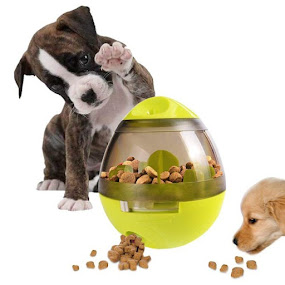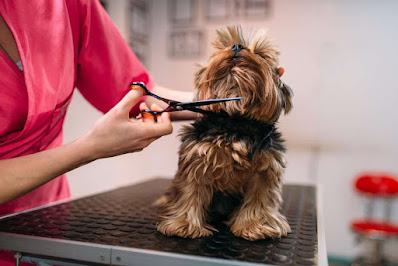Like the furry strong-willed kids, dogs usually seemed to have the mind of their individuality. But you may keep them happy and safe with just a bit of love, training and patience. Start by teaching your dog some basic commands.
What You Should Know Before You Begin Basic Training
- Find a calm, quiet place to train him.
- Take a unique approach to training your dog by taking into account his or her personality.
- Keep any language and gestures you use for each command consistently.
- Stick to a schedule as much as possible, but keep the training sessions short and simple.
- Be patient with your dog throughout the training process.
- Use positive reinforcement and reward your dog for their progress.
- Make it fun and play along with your dog while teaching them new commands.
Try teaching your dog some basic instructions - keep in mind that certain tricks are easier to teach than others.
1. Watch Me
This command is a good place to start since it teaches your dog to respect your authority as the pack leader and to heed your directions. It can also be used to reset if the training sessions get rowdy. Make eye contact with the dog and use a reward to direct their focus from their nose to your face, while saying "watch me" or "look at me" in the process.
2. Sit
Begin by placing a reward near the dog's nose and gently pulling the treat away at an angle. In an ideal situation, the dog will drop their flank until they are sitting. Repeat the technique until the dog has learned and understands the "sit" command. When they do it right, give them some extra love and affection - your dog deserves it.
3. Stay
The "stay" command is effective in any situation, but it is especially effective when a dog is off-leashes. It's a good idea to teach your dog to sit first, then, use the sit command to prepare him for learning how to remain. Begin with a few steps, and after they have learned the skill to stay until called, reward them with a treat.
4. Come Here
Teaching a dog to come when called should be a priority for any dog owner. Put your dog on a leash and stand at a safe distance, but down at their level to begin. When they come, give them the reward and compliment them on their genius.
5. Down
Begin by placing a delectable-smelling goodie in your closed hand. Place your palm on the dog's snout to allow them to detect the fragrance, then, lower it to the ground. When the dog reaches the ground, slowly slide your fist towards you, causing the dog to crawl towards you. Once they've met you, give them the order, give them the treat, and give them some praise.
6. Drop It
Your dog has to know when to release go of objects. Preventing your dog from picking up or ingesting something damaging to their health is also crucial from a safety aspect.
The bait and switch method are the simplest way to approach the "drop it" or "leave it" instruction. In each hand, there is goodie (closed fists). Then, using your left hand as an incentive, tell your dog to leave what's in your right hand. Keep the reward in your left hand until the dog has completely backed away from goodie in your right.
Suggested post:
Squeaky Toys for Dogs: Sound Advice for Choosing the Right Dog Toy





















